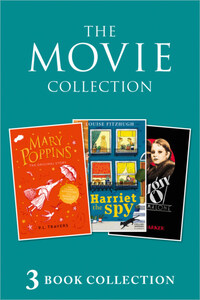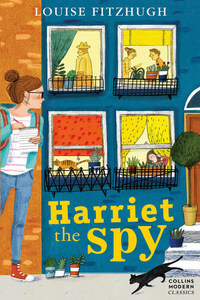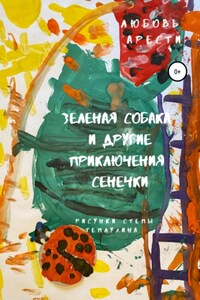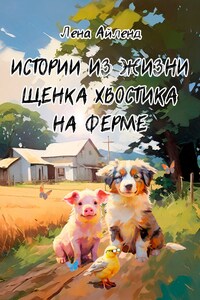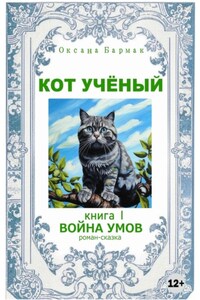This e-book collection first published in Great Britain by HarperCollins Children’s Books in 2017
HarperCollins Children's Books is a division of HarperCollinsPublishers Ltd, 1 London Bridge Street London SE1 9GF
www.harpercollins.co.uk
Mary Poppins text copyright © P.L. Travers 1934
Illustrations copyright © Mary Shepard 1934
Harriet the Spy text copyright © Louise Fitzhugh 1968
Illustrations copyright © Louise Fitzhugh 1968
Bugsy Malone text copyright © Alan Parker 1976
Illustrations copyright © 1934
Cover art Mary Poppins Illustrations copyright © reserved 1934
Cover art Harriet the Spy copyright © Lizzy Stewart 2016
Cover photograph Bugsy Malone by permission of Sir Alan Parker
Cover design by HarperCollins Children’s Ltd.
All rights reserved under International and Pan-American Copyright Conventions. By payment of the required fees, you have been granted the non-exclusive, non-transferable right to access and read the text of this e-book on screen. No part of this text may be reproduced, transmitted, down-loaded, decompiled, reverse engineered, or stored in or introduced into any information storage and retrieval system, in any form or by any means, whether electronic or mechanical, now known or hereinafter invented, without the express written permission of HarperCollins e-books
Mary Poppins ISBN: 9780007372171 Harriet the Spy ISBN: 9780007393121 Bugsy Malone ISBN: 9780007514830
Ebook Edition © MARCH 2017 ISBN: 9780008240073
Version: 2018-07-21
Mary Poppins delights in letting us know that she “never explains anything” and yet the Banks family fall under her spell and other families all over the world are put back together again by the world’s most famous nanny.
I fell in love with Mary Poppins and Julie Andrews in 1964, just after I left school, when I went to see Walt Disney’s magical film. On reading the credits, I realised the film was based on books by P.L. Travers which I then read avidly, discovering that there were many more stories and characters than those in the film. Her forthright, quirkily funny dialogue stayed with me, brought to life in my head by Julie’s brilliant, no-nonsense delivery in the film. In the late 1970’s I tried, like many other producers, to see if I could get the stage rights to Mary Poppins – but to no avail. Over the years, I often used to think of Mary but it wasn’t until 1993 when I was introduced to her creator, the formidable Pamela Travers, that I found that she wouldn’t explain anything to me either. By then Pamela was a frail, but extremely sharp, 93 year old lady, living in her Chelsea house, in a street looking remarkably like Cherry Tree Lane, eyeing me up and down, asking me lots of questions as she batted away my own. I felt like Michael and Jane Banks, waiting to be told “you’ll do”.
After several meetings, Pamela decided that I really was interested in turning her books into a stage musical, rather than just putting the film on stage – something she had refused to allow for decades, wanting a new and different score. Once Pamela decided I could be trusted with her great creation – though she never admitted creating (a word she hated) Mary, or any of the other characters, saying that “Mary just arrived” – I was in turn able to persuade her that a stage musical could only be made by combining her stories with the key songs from the film. Realising that I was probably her best chance to achieve her long cherished dream of a stage musical, she agreed and I finally felt a musical Mary might fly after all.
Mary Poppins is, and always will be, unique; stern, dependable, businesslike, magical and yet eternally loveable. When Jane and Michael call out “we will never forget you Mary Poppins” you know that though she has flown away, the gift she has brought will remain for always and that Mary is genuinely happy that her charges are now: “practically perfect and I hope it remains so”. Though Pamela would never say where Mary came from, she did in fact give an answer to the children when they asked Mary, “where is your home?” and Mary replies, “My home is wherever I am”.
From the time Pamela entrusted me with the stage rights to her books it took me several years to persuade Disney that a new musical could be created out of both the books and the films key Sherman Brothers songs and during that time I tried to piece together an outline for a dramatic structure that would make theatre audiences want to come back for a second half. The answer of course lay with Pamela herself. In the books Mary Poppins leaves the family twice and comes back only until she’s no longer required. This gave me the clue where the interval should be and enabled me to start putting the songs from the film into new dramatic situations and decide which new songs would be needed. I remember writing much of this treatment on the quayside by the Sydney Opera House, not far from the Old Grand Opera House where Pamela had herself danced and sung in her theatrical days. When I showed what I’d done to Tom Schumacher, who had just become the new head of Disney’s Theatrical production company in 2001, he presented me with armfuls of documents from the
